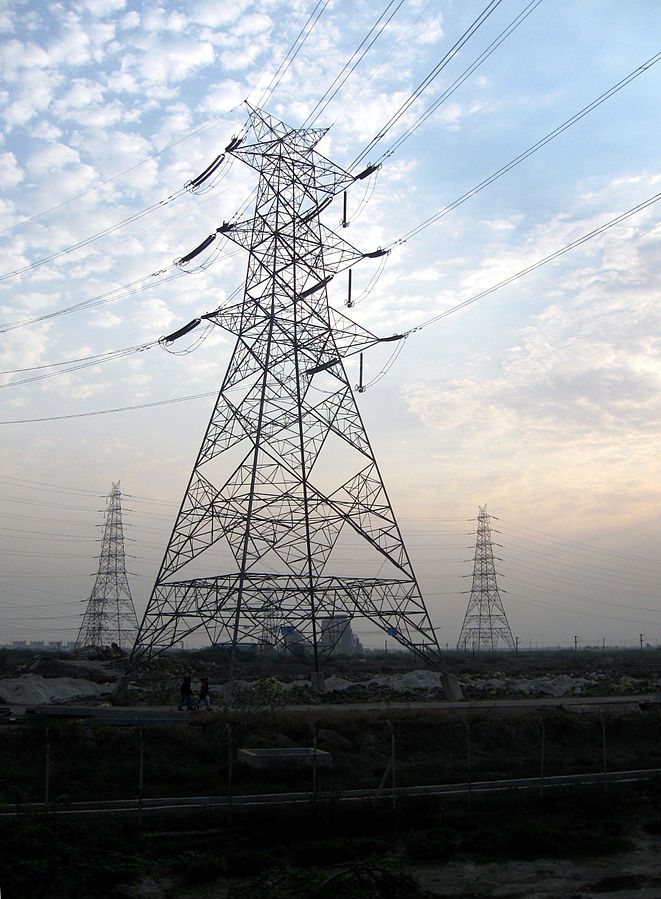The Indian renewable energy landscape is abuzz with the new, pumped-up 2022 target of 225 GW of installed renewable energy capacity. This 22% leap has had key players, observers, naysayers and renewable energy lobbyists arguing about whether the target is too ambitious to be credible, or whether the nation can overshoot its original 175 GW target to reach the 225 GW mark within four years.
Hitting the new target would entail an investment of $50 billion over the next couple of years but with $42 billion and 10 million days’ employment invested in renewables in India since 2014, the new target – which would raise India from fifth to third in the global renewables rankings – does not seem too far fetched.
Diversification and innovation will be key. The 225 GW target will have to piggyback new schemes such as floating solar, manufacturing-linked PV and offshore wind projects.
How well is India prepared to achieve the new target? Lauding the government’s initiatives, Dharmendra Kumar, Solar Analyst for IHS Markit, says that with investments and policy checks, India was able to install 20 GW by March.
“However in order to reach [the] 100 GW solar target, the government will have to start clearing issues related to anti-dumping duty and [safeguarding] duty, which [have] slowed down the pace of solar tenders during 2017 and [in the] first quarter of 2018. Issues related to solar curtailment and insufficient land banks will also pose a threat to [the] government’s target,” said the analyst.
India’s Ministry of Power recently set the percentage of power utilities have to source from renewables – the renewable energy purchase obligation, or RPO – for the next fiscal year at 7.25%, a slight increase from the current 6.75%.
“While an RPO trajectory announcement is great, mention of [the] consequences SERCs [state electricity regulatory commissions] will face if the targets are not met would create clarity,” says Adarsh Das, Co-Founder and CEO of solar developer SunSource Energy. “We also need to better understand some stipulations, such as the one around standby charges and CSS’ [cross-subsidy surcharges] being applicable for a new open access [customer] for only one year.”
Welcoming the new announcements, Gaurav Mathur, Director of Trina Solar India, points towards the most important requirement for achieving the new renewables target – infrastructure. “India must upgrade the existing infrastructure which [would] support the renewable power to the grid and create solar manufacturing based infrastructure, which will help replicate China’s scalability.”
Popular content
The arrival of household and village electrification schemes has created the perfect scenario for an increase in power demand, which could lead to the addition of renewable energy capacity. SN Dalmia, chief managing director of solar developer SBD Energy, agrees the 225 GW target hinges on better infrastructure and less policy ambiguity, rather than incentives. “The possibilities are immense and the government is doing its best,” he says. “It is still a long road, but the 225 GW target is certainly doable.”
The government has complemented the recent target increase with a slew of new policy measures and HR Sreenivasa Rao, Senior Consultant at Vineeti Consultants, says the doubling of the target for Indian Solar Parks – projects of 500 MW or more – from 20 GW to 40 GW, could be crucial.
“The need of the hour is better co-ordination between the states and the centre in policy formulation and implementation, [especially] about land banks,” says the consultant. “The government will also have to pull out new incentives and tricks to rope in the states not proactively participating in the renewable energy story.”
Not long ago the doubters dismissed India’s 175 GW target as over ambitious and near impossible. But recent statistics have removed those doubts. In the past four years India’s solar energy capacity increased more than eightfold – from 2.63 GW in 2014 to 22 GW – while wind energy capacity increased around 62%, from 21 GW to 34 GW.
India is not basing the 225 GW target on hope – that ambitious number is being backed with policies and performance.
<i> This article has been amended to reflect India's new renewables target is 225 GW of capacity, rather than 227 GW</i>
This content is protected by copyright and may not be reused. If you want to cooperate with us and would like to reuse some of our content, please contact: editors@pv-magazine.com.


By submitting this form you agree to pv magazine using your data for the purposes of publishing your comment.
Your personal data will only be disclosed or otherwise transmitted to third parties for the purposes of spam filtering or if this is necessary for technical maintenance of the website. Any other transfer to third parties will not take place unless this is justified on the basis of applicable data protection regulations or if pv magazine is legally obliged to do so.
You may revoke this consent at any time with effect for the future, in which case your personal data will be deleted immediately. Otherwise, your data will be deleted if pv magazine has processed your request or the purpose of data storage is fulfilled.
Further information on data privacy can be found in our Data Protection Policy.